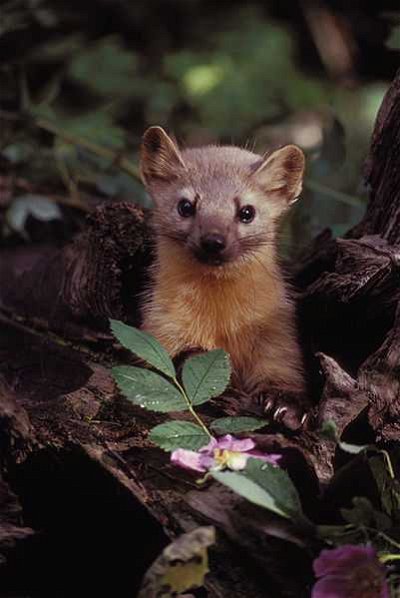4. What large omnivore eats berries and insects, runs fast, swims well, climbs trees, and can be many colours like blond, cinnamon, brown or black?
From Quiz Furbearers of the Canadian Forest
Answer:
Black bear
Though called a black bear, they commonly occur in many colours. (I once saw a mother black bear with 4 cubs, each a different colour!) Black bears will eat berries, nuts, grasses, leaves, insects, small animals, honey, eggs, carrion, and human garbage. They can run about 30 miles per hour (50 km/h) and they swim very well. If you are ever thinking of fleeing from a black bear remember that it can run faster, swim better and climb quicker than you can. (By the way, the marten, wolf, and cougar are primarily carnivores.)








 = Top 5% Rated Quiz,
= Top 5% Rated Quiz,